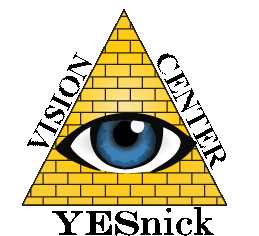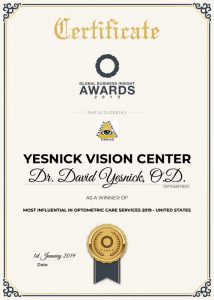
When was the last time you had an
eye exam? If it has been more than a year, now might be a good time to contact
your eye doctor and schedule an appointment. Prepare for this essential
exam by reading about what you can expect from the experience:
Reviewing Your History

Before your eye doctor can analyze the current and future states of your
vision, he needs to learn about how your vision has been in the past.
He will do this by asking about any vision issues or concerns you have
had since childhood. He will also ask about any vision problems in your
family's history as some problems are more likely to occur when there
is a family history of them.
Examining Your Eyes
Once your optometrist is done learning about your history, he will move
on to the examination part of the vision test. This includes taking a
detailed look at your eye to spot any signs of infection, disease, or
other problems. Your eye doctor will use special tools to inspect your
eye and make sure everything is aligned properly. He will also examine
your pupils and inspect your eyelids to spot any warning signs before
they become bigger issues.
Testing Your Vision
Those vision charts are not just for elementary school nurses' offices—they
are actually helpful tools that eye doctors use to evaluate each patient's
vision! Your optometrist will start by testing your vision without eyeglasses
or contacts. If you wear either of these, it is important to bring them
to your vision test so your optometrist can test how your vision changes
when you wear them. Depending on your results, your optometrist might
want to try more testing with different devices.
Evaluating Your Needs
Toward the end of your vision test, your eye doctor will explain what he
has found during the appointment. This can include any cosmetic issues
he spots on your eyes as well as problems with your vision. If you suffer
from any vision problems, your eye doctor will recommend a course of action
to take, such as getting a new prescription for eyeglasses or contact lenses.

